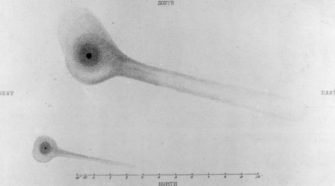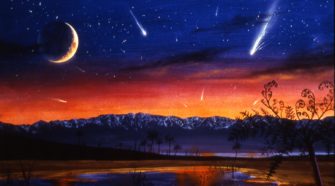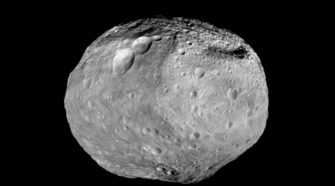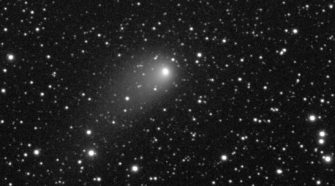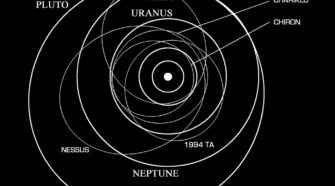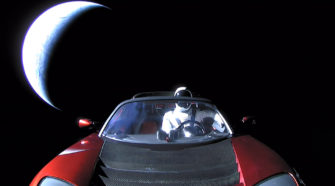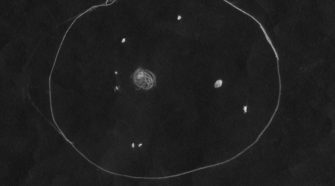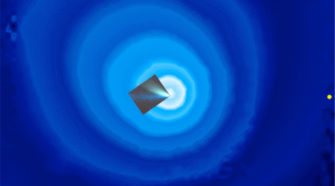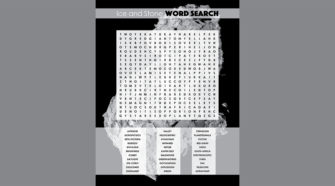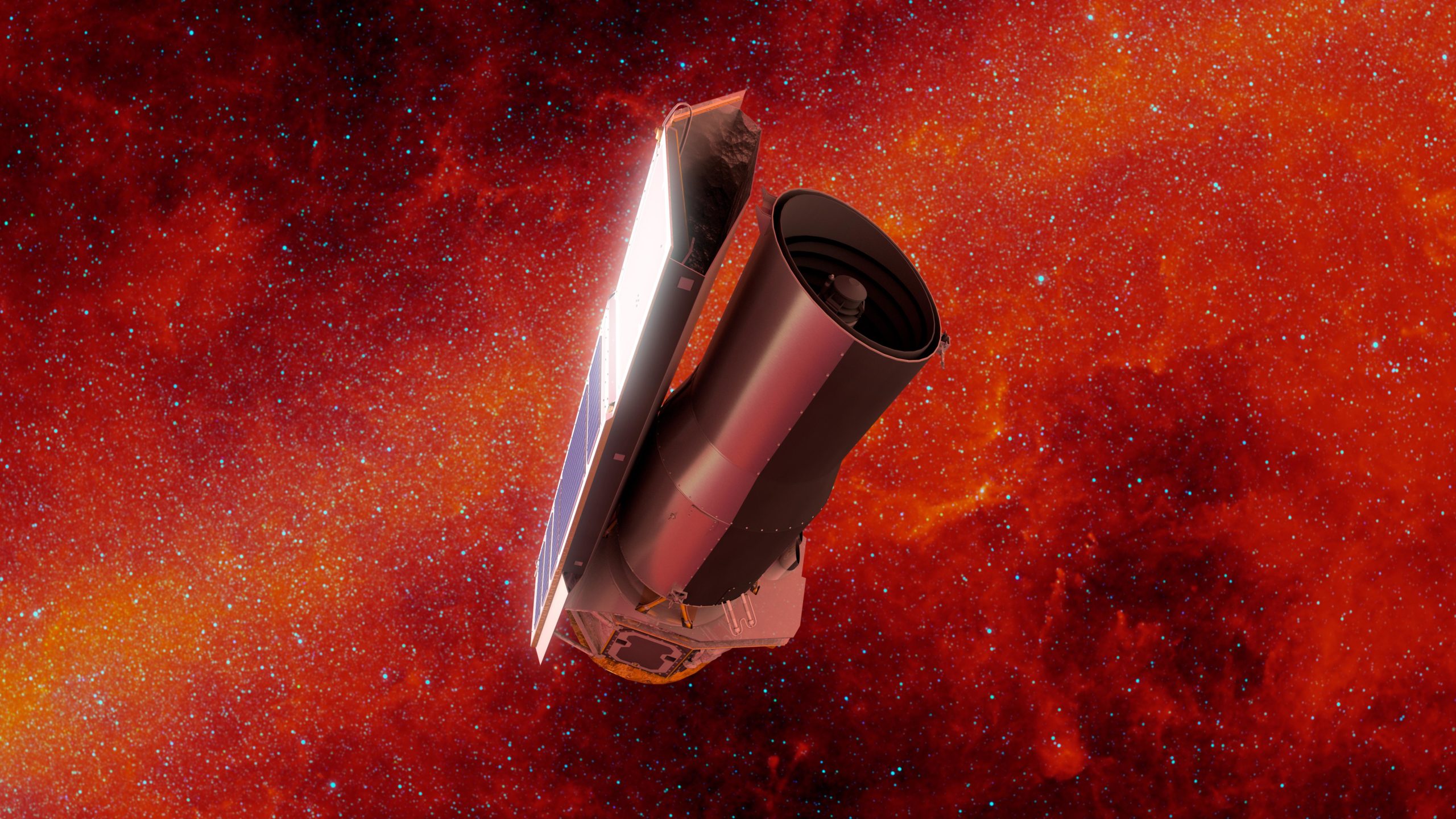Ice and Stone
Comet of the Week: 3D/Biela 1846 II
Perihelion: 1846 February 11.49, q = 0.856 AU The stories of the first two numbered periodic comets, 1P/Halley and 2P/Encke – both of which are future “Comets of the Week” – are well known. The third numbered periodic comet also has an interesting story, but unlike the earlier two, it will likely never be seen …
Special Topic: Stellar Intruders
Five weeks ago I devoted the “Special Topics” presentation to the subject of the Oort Cloud, the large spherical cloud of comets that is believed to enshroud the solar system out to distances of several tens of thousands of Astronomical Units. The comets in the Oort Cloud have been there since the forming Jupiter and …
This Week in History: February 9-15
FEBRUARY 9, 1986: During its most recent return Comet 1P/Halley passes through perihelion at a heliocentric distance of 0.587 AU. Comet Halley’s 1986 return is a future “Comet of the Week,” and its entire history is the subject of a future “Special Topics” presentation. FEBRUARY 10, 1907: August Kopff at Heidelberg Observatory in Germany discovers …
Comet of the Week: PANSTARRS C/2017 T2
Perihelion: 2020 May 4.95, q = 1.615 AU After devoting my “Comet of the Week” last week to the first comet I ever observed, it seems appropriate to devote this week’s “Comet of the Week” to the brightest comet that is currently visible in our nighttime skies, and which is easily accessible for observations, at …
Special Topic: Centaurs
In previous “Special Topics” presentations I have focused on asteroid populations in the “main asteroid belt” between Mars and Jupiter, and on asteroids in near-Earth space. If, however, as is now widely believed to be the case, asteroids are among the “leftovers” of the planet formation process, we would accordingly expect asteroids to exist in …
This Week in History: February 2-8
FEBRUARY 2, 1106: Sky-watchers around the world see a brilliant comet during the daytime hours. In subsequent days it becomes visible in the evening sky, initially very bright with an extremely long tail, and although it faded rapidly it remained visible until mid-March. The available information is not enough to allow a valid orbit calculation, but …
Comet of the Week: Tago-Sato-Kosaka 1969g
Perihelion: 1969 December 21.27, q = 0.473 AU Everyone fondly remembers their “first.” When it comes to comets, my “first” came exactly 50 years ago on Monday evening, February 2, 1970, when I was 11 years old and in the 6th Grade, and involved a 5th-magnitude fuzzball located close to the 2nd-magnitude star Hamal in …
Special Topic: Comet observations from space
All astronomers, be they professional or amateur, or even just casual sky-watchers, have often had to contend with the vagaries of the earth’s atmosphere. Clouds will often get in the way, especially at inopportune times; almost every astronomer can recite stories of important observations that were precluded by cloudy weather. Even if the skies are …
Ice and Stone 2020 Word Search
Do your best to find these words that are scattered throughout the sixth weekly edition of Ice and Stone 2020. Words may be placed horizontally, vertically or even diagonally. Letters in the grid may be used in more than one word, but not all the letters in the grid have to appear in a word. More …
This Week in History: January 26-February 1
JANUARY 26, 1978: The International Ultraviolet Explorer (IUE) spacecraft is launched from Cape Canaveral, Florida. Throughout its 18 years of operations IUE conducted observations of many astronomical objects, including several comets. JANUARY 27, 2016: A team of astronomers led by Tabitha Boyajian of Yale University publishes their paper on the star KIC 8462852 – unofficially …

